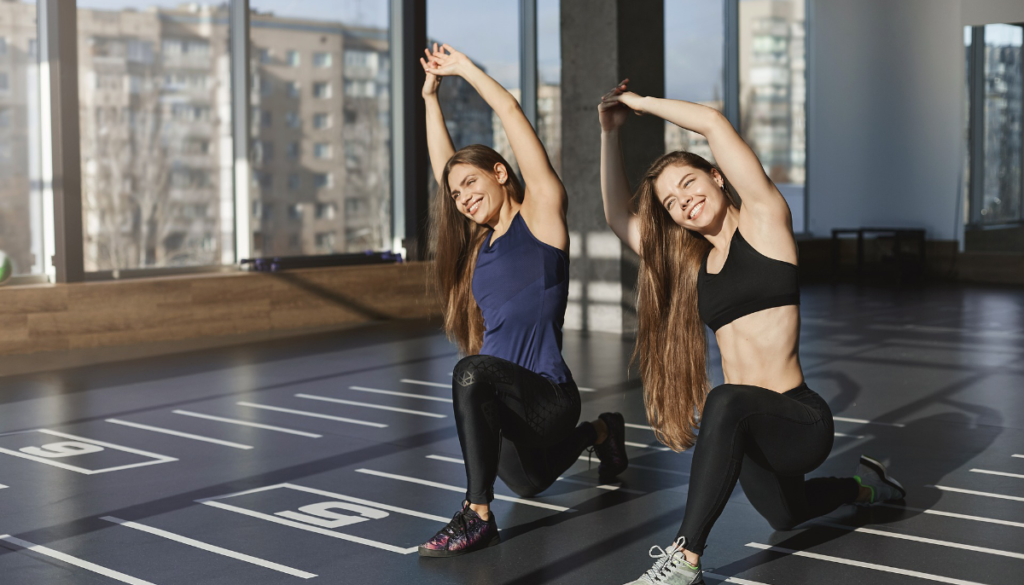Best Way To Transform Your Body With Home Workout Plan
Introducing the ultimate guide to home workout plan – a comprehensive roadmap to transforming your body from the comfort of your home.
Maintaining physical fitness has never been more crucial in today’s fast-paced world. However, the constraints of time, money, and accessibility often make it challenging to commit to a regular gym routine. That’s where home workouts come into play. With the rise of digital fitness programs and the accessibility of workout equipment, transforming your body without stepping into a gym has become possible and incredibly convenient. This guide will walk you through everything you need to know about home workouts, from creating a fitness plan to mastering advanced exercises, all within the comfort of your own home.
Why Choose Home Workouts?
Cost-Effectiveness
Gym memberships, personal trainers, and commuting expenses can add up quickly. Home workouts eliminate these costs, making fitness accessible to everyone. You can achieve your fitness goals without breaking the bank with a few essential pieces of equipment and some space in your living room.
Flexibility and Convenience
One of the greatest advantages of home workouts is their flexibility. You can exercise at any time, fitting workouts into your schedule rather than adjusting your life around a gym’s operating hours; whether an early bird or a night owl, your home gym is always open.
Safe and Private Environment
For many, the gym can be intimidating. Working out at home provides a safe and private environment to focus on your fitness goals without feeling self-conscious. Plus, it reduces the risk of exposure to germs, which has become an increasingly important consideration.
Start Your Training Today
Understanding Your Fitness Goals
Importance of Setting Realistic Goals
Setting realistic and achievable goals is essential before starting any fitness journey. Whether you aim to lose weight, build muscle, or improve endurance, having clear objectives will keep you motivated and on track. Unrealistic goals can lead to frustration and burnout, so it’s important to set milestones that reflect your current fitness level and lifestyle.
Different Types of Fitness Goals
Your fitness goals include losing weight, gaining muscle, enhancing endurance, or staying active. Understanding your specific goals will help you tailor your home workouts accordingly. For example, if weight loss is your primary goal, incorporating more cardio into your routine will be beneficial. On the other hand, if muscle gain is your target, focusing on strength training exercises will yield the best results.
Creating Your Fitness Plan
Assessing Your Current Fitness Level
The first step in creating a fitness plan is assessing your fitness level. This will help you determine where to start and how to progress. Consider factors like cardiovascular endurance, strength, flexibility, and past injuries. A simple test like timing how long you can hold a plank or how many push-ups you can do in a minute can give you a baseline to build upon.
Setting a Home Workout Plan
Consistency is critical to achieving fitness goals. Set a realistic workout schedule that fits your lifestyle. Whether you exercise 30 minutes a day or an hour thrice a week, having a set time will help you stay disciplined. It’s also essential to balance different types of exercises—cardio, strength, and flexibility—to ensure a well-rounded fitness routine.
Balancing Cardio, Strength, and Flexibility Exercises
A well-rounded fitness plan includes a mix of cardio, strength training, and flexibility exercises. Cardio exercises like running, cycling, or jumping rope help improve heart health and burn calories. Strength training exercises like weight lifting or resistance band workouts build muscle and increase metabolism. Flexibility exercises like yoga or stretching improve your range of motion and prevent injuries.
Essential Equipment for Home Workouts
Must-Have Equipment
While you don’t need much to start working out at home, a few pieces of equipment can enhance your workouts and provide more variety. Dumbbells, resistance bands, and a yoga mat are some of the most versatile and cost-effective tools. These can be used for a wide range of exercises that target different muscle groups.
Optional Equipment
If you want to expand your home gym, consider adding kettlebells, an exercise ball, or a jump rope. These items offer more variety and can take your workouts to the next level. Investing in a set of adjustable dumbbells or a pull-up bar for those interested in advanced strength training could be worthwhile.
How to Create a Workout Space at Home
Creating a dedicated workout space in your home can significantly impact your motivation and consistency. Whether it’s a corner of your living room, a garage, or a spare bedroom, having a space designated for exercise helps create a routine. Keep your workout area tidy, well-lit, and free of distractions to make your exercise time more effective.
Simple Workouts for Beginners
Bodyweight Exercises
Starting with bodyweight exercises is a great way for beginners to build strength without needing equipment. Exercises like push-ups, squats, lunges, and planks are practical for building muscle and improving endurance. They can be modified to suit different fitness levels and can be done virtually anywhere.
Basic Cardio Exercises
Incorporating cardio into your routine is essential for heart health and calorie burning. Simple exercises like jumping jacks, high knees, and mountain climbers can be done in small spaces without equipment. Start with short intervals and gradually increase the intensity as your fitness improves.
Flexibility Exercises
Flexibility is often overlooked, but it’s crucial for preventing injuries and improving overall mobility. Stretching exercises like hamstring, shoulder, and hip flexor stretches can be quickly done at home. Incorporating yoga poses like downward dog, child’s pose, and cat-cow stretch into your routine can enhance flexibility and promote relaxation.
Intermediate Home Workout Routines
Incorporating Resistance Training
Once you’ve mastered the basics, it’s time to incorporate resistance training into your routine. Resistance bands and dumbbells are excellent tools for adding intensity to your workouts. Exercises like bicep curls, tricep extensions, and shoulder presses help build muscle and increase strength.
Advanced Bodyweight Exercises
For those ready to take their bodyweight exercises to the next level, consider adding advanced moves like pistol squats, handstand push-ups, and Bulgarian split squats. These exercises require more balance, strength, and coordination, making them ideal for intermediate fitness levels.
Combining Cardio and Strength Training
Combining cardio and strength training in a single workout is an efficient way to maximize your fitness gains. Circuit training involves performing a series of exercises back-to-back with minimal rest in between. This approach keeps your heart rate up while also building strength, offering a comprehensive workout in a short amount of time.

Advanced Home Workout Techniques
High-Intensity Interval Training (HIIT)
High-intensity interval Training, or HIIT, involves alternating between short bursts of intense exercise and periods of rest or low-intensity activity. HIIT workouts are highly effective for burning calories, improving cardiovascular fitness, and building muscle. An example of a HIIT workout might include 30 seconds of sprinting followed by 30 seconds of walking, repeated for several rounds.
Circuit Training
Circuit training is another advanced technique that combines cardio and strength training. In a circuit workout, you move through a series of exercises targeting different muscle groups with little to no rest between them. This keeps your heart rate elevated while also challenging your muscles, making it an efficient way to work out.
Plyometric Exercises
Plyometric or jump training involves explosive movements that build power and strength. Examples of plyometric movements are box jumps, burpees, and jump squats. These exercises benefit athletes or anyone looking to improve their speed, agility, and power.
Nutrition Tips for Home Workouts
Importance of a Balanced Diet
No workout plan is complete without proper nutrition. A balanced diet that includes a mix of carbohydrates, proteins, and fats is essential for fueling your workouts and aiding in recovery. Focus on whole foods like fruits, vegetables, lean proteins, and whole grains to support your fitness goals.
Pre- and Post-Workout Nutrition
What you eat before and after your workout can significantly impact your performance and recovery. A light snack with carbs and protein, like a banana with peanut butter, can give you the energy you need for a workout. After exercising, refuel with a meal with protein and carbs to help repair muscles and replenish energy stores.
Hydration Tips
Staying hydrated is crucial, especially during intense workouts. Water is usually sufficient for most home workouts, but if you’re having a particularly long or intense session, consider a drink with electrolytes. Avoid sugary sports drinks and instead opt for natural options like coconut water.
Tracking Your Progress
Using Fitness Apps and Journals
Tracking your progress is critical to staying motivated and seeing results. Fitness apps can help you log your workouts, track your nutrition, and monitor your progress over time. If you prefer pen and paper, keeping a fitness journal is another effective way to document your journey and stay accountable.
Importance of Regular Assessments
Regular assessments allow you to measure your progress and adjust your fitness plan. Revisit your initial fitness assessments every few weeks to see how far you’ve come. This might involve retesting how many push-ups you can do, measuring your body weight, or checking how long you can hold a plank.
Staying Motivated and Overcoming Plateaus
It’s common to hit a plateau in your fitness journey, where progress seems to stall. When this happens, consider changing your routine to keep things interesting and challenge your body in new ways. Setting small, achievable goals and rewarding yourself for hitting them can also keep your motivation high.
Staying Safe During Home Workouts
Proper Warm-Up and Cool-Down Routines
Warming up before a workout and cooling down afterward are essential for preventing injuries. A good warm-up increases blood flow to your muscles and prepares your body for exercise. This could include dynamic stretches or light cardio like jogging in place. After your workout, a cool-down with static stretching helps relax your muscles and reduce soreness.
Importance of Form and Technique
Maintaining proper form and technique is crucial for preventing injuries and getting the most out of your workouts. Focus on quality over quantity—doing fewer reps with good form is better than doing more reps with poor form. If you’re unsure about your technique, consider using a mirror or recording yourself to check your form.
Listening to Your Body and Preventing Injuries
It’s important to listen to your body and recognize the difference between good pain (like the burn you feel during a workout) and bad pain (sharp, sudden pain that could indicate an injury). If something doesn’t feel right, don’t push through it. Rest, modify the exercise, or consult a professional if necessary.
Motivation and Mindset
Overcoming Common Obstacles
Sticking to a workout routine can be challenging, especially with the distractions of home life. Overcoming common obstacles like lack of time, motivation, or energy requires a strong mindset and a commitment to your goals. Finding what motivates you—whether it’s health, appearance, or stress relief—can help you push through these challenges.
Setting Up a Reward System
Rewarding yourself for meeting your fitness goals can be a great way to stay motivated. Whether it’s treating yourself to a new workout outfit, a healthy snack, or a relaxing bath, rewards can provide the extra incentive needed to stay on track.
Importance of Consistency and Discipline
Consistency and discipline are the cornerstones of any successful fitness journey. It’s better to do short, consistent workouts than to go all out occasionally. Building a habit of regular exercise, even if it’s just 10 minutes a day, can lead to long-term success.
Making Home Workouts a Habit
Integrating Workouts Into Daily Routine
Making home workouts a habit means integrating them into your daily routine. Schedule your workouts at a time that works best for you and stick to it. Consistency is vital, whether it’s first thing in the morning, during lunch, or after work.
Finding a Workout Buddy or Online Community
Having a workout buddy or joining an online fitness community can provide accountability and make your workouts more enjoyable. Whether it’s a friend, family member, or an online group, having someone to share your progress with can motivate you.
Adapting Workouts to Your Lifestyle
Your workouts should fit into your lifestyle, not the other way around. Opt for shorter, more intense workouts if you have a busy schedule. If you have more time, you can explore longer sessions that include cardio, strength, and flexibility training. The key is to find what works for you and stick with it.
Benefits of Home Workouts
Physical Benefits
Home workouts can have significant physical benefits, including increased strength, flexibility, and endurance. Regular exercise improves heart health, boosts metabolism, and can even help prevent chronic diseases like diabetes and heart disease.
Mental Benefits
The mental benefits of exercise are just as significant as the physical ones. Home workouts can reduce stress, improve mood, and increase mental clarity. Regular exercise has been shown to reduce symptoms of anxiety and depression, making it an essential part of overall well-being.
Long-Term Health Benefits
In the long run, consistent home workouts can lead to a healthier, more active lifestyle. By incorporating regular exercise into your routine, you’re investing in your long-term health and well-being. This can lead to a longer, healthier life with more energy and fewer health issues.
Conclusion
Home workouts offer a convenient, cost-effective, and flexible way to achieve your fitness goals. Whether you’re just starting or looking to take your fitness to the next level, this guide has provided the tools and knowledge to transform your body without ever stepping foot in a gym. Remember, the key to success is consistency, motivation, and a well-rounded fitness plan that includes cardio, strength, and flexibility training. So, what are you waiting for? Start your home workout journey today and watch your body transform!
FAQs
How often should I work out at home?
Work out 3-5 times a week, depending on your fitness goals.
Consistency is key to seeing results.
What if I don’t have any equipment?
No equipment? No problem! You can start with bodyweight exercises like push-ups, squats, and lunges, which are highly effective.
Can I build muscle with home workouts?
Absolutely! You can build muscle at home using bodyweight exercises, resistance bands, or dumbbells.
How do I stay motivated?
Set realistic goals, track your progress, and reward yourself for milestones. Joining an online fitness community or finding a workout buddy can also help keep you motivated.
Are home workouts effective for weight loss?
Home workouts can be very effective for weight loss, especially with a balanced diet. Focus on a mix of cardio and strength training to maximize fat burning.
Other Related Topics Click Here





